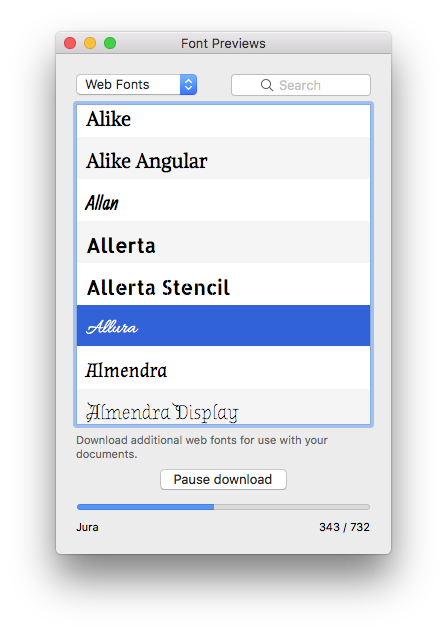

whose main content is clearly marked as archived, and.whose main content is available for reference purposes but otherwise neither maintained nor updated.3.5 Audio descriptionsģ.5.1 All synchronised media are exempt from the requirement set by WCAG 1.2.5 Audio Description (Prerecorded) to provide audio description for all prerecorded video content in the media. 3.4 Live captionsģ.4.1 To meet WCAG SC 1.2.4 Captions (Live), captions must be provided for the live audio content in all synchronised media that delivers high-stakes information or services where the equivalent information or services are not simultaneously published as text.ģ.4.2 Live synchronised media that does not present high-stakes information or services is exempt from the requirement set by WCAG SC 1.2.4 Captions (Live) to provide captions.ģ.4.3 If the live synchronised media is subsequently published as prerecorded media, captions and an alternative for time-based media (descriptive text transcript) must be provided. 3.3 Alternatives for time-based media (descriptive text transcripts)ģ.3.1 In order to meet WCAG SC 1.2.1 Audio-only and Video-only (Prerecorded) and WCAG SC 1.2.3 Audio Description or Media Alternative (Prerecorded), an alternative for time-based media (descriptive text transcript) must be provided in all cases for prerecorded audio-only, prerecorded video-only, and prerecorded synchronised media.ģ.3.2 An audio description must be provided for prerecorded video-only or synchronised media that contains high-stakes information or services. An example of a complex map is one that shows the distribution of different underground mineral deposits in New Zealand.ģ.2.2 Where data points or shapes within a map can be represented by common identifiers such as postal addresses or the names of specific places or regions, the map must, in accordance with WCAG SC 1.1.1 Non-text Content, be accompanied by a text alternative that serves the equivalent purpose.ģ.2.3 Complex map data should be published in open, machine-readable formats, and exposed through the website. 3.2 Complex visual mapsģ.2.1 Complex visual maps that associate information with one or more points or shapes that cannot reasonably be represented by common identifiers such as postal addresses or the names of specific places or regions are exempt from the requirement set by WCAG Success Criterion (SC) 1.1.1 Non-text Content to provide a text alternative that serves the equivalent purpose. These exceptions will be reviewed annually and this Standard updated as necessary. 3 Exceptions 3.1 Temporary exceptionsģ.1.1 The requirement in Section 2 is subject to the exceptions set out in this Section.

in the case of non-conformance with this Standard, submit a risk assessment and management plan regarding any areas of non-conformance.Ģ Requirements 2.1 Web Content Accessibility Guidelines (WCAG) 2.1 Level AAĢ.1.1 Every web page, excluding archived web pages, must meet the Web Content Accessibility Guidelines (WCAG) 2.1 at Level AA (subject to the exceptions set out in Section 3).assess and report on its conformance with this Standard, and.1.4 Assessment and reportingġ.4.1 Each New Zealand government organisation to which this Standard applies must be prepared, when notified, to: 1.3 Scopeġ.3.1 The requirements in Section 2 (Requirements) apply to every public facing website and internally facing website (‘Website’) produced or maintained, in part or in whole, by the Agency. 1.2 Mandated organisationsġ.2.1 Every Public service department and non-public service department in the State Services (‘Agency’) is directed by Cabinet to apply this Standard. 1 Application 1.1 Effective dateġ.1.1 This Standard is effective 1 July 2019 and replaces the New Zealand Government Web Accessibility Standard 1.0. For help meeting the Accessibility Standard, see guidance in Accessibility.


 0 kommentar(er)
0 kommentar(er)
